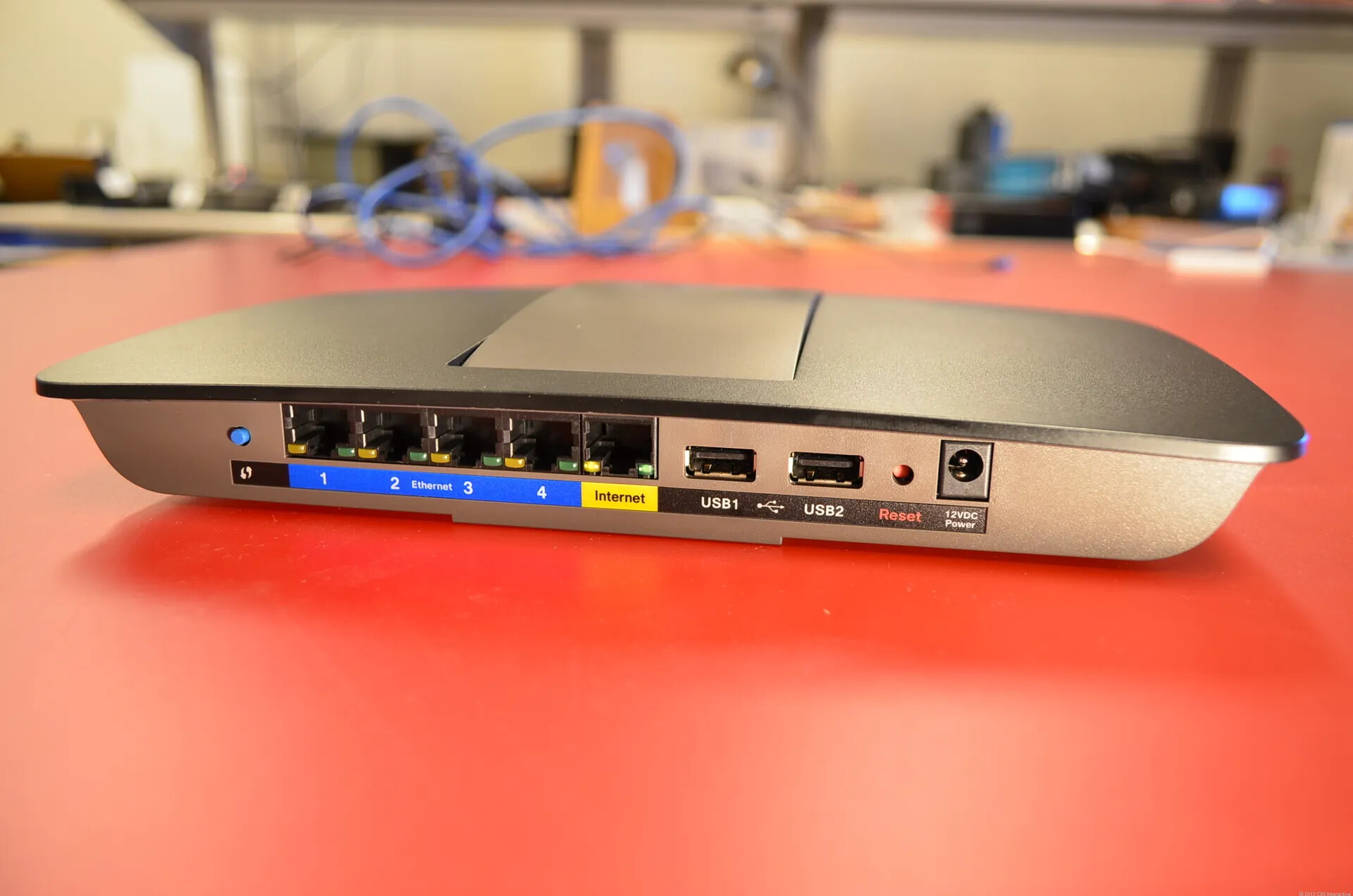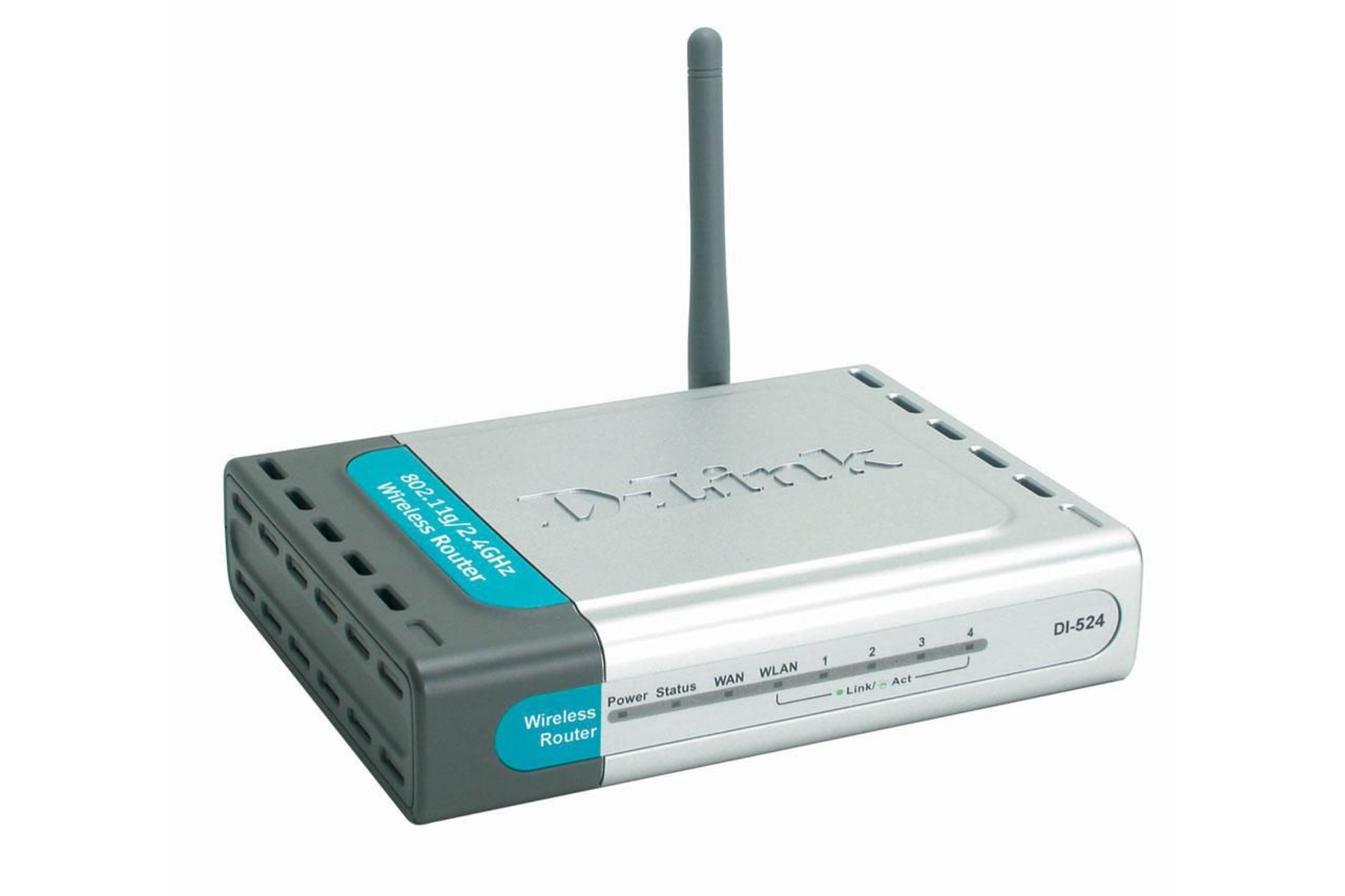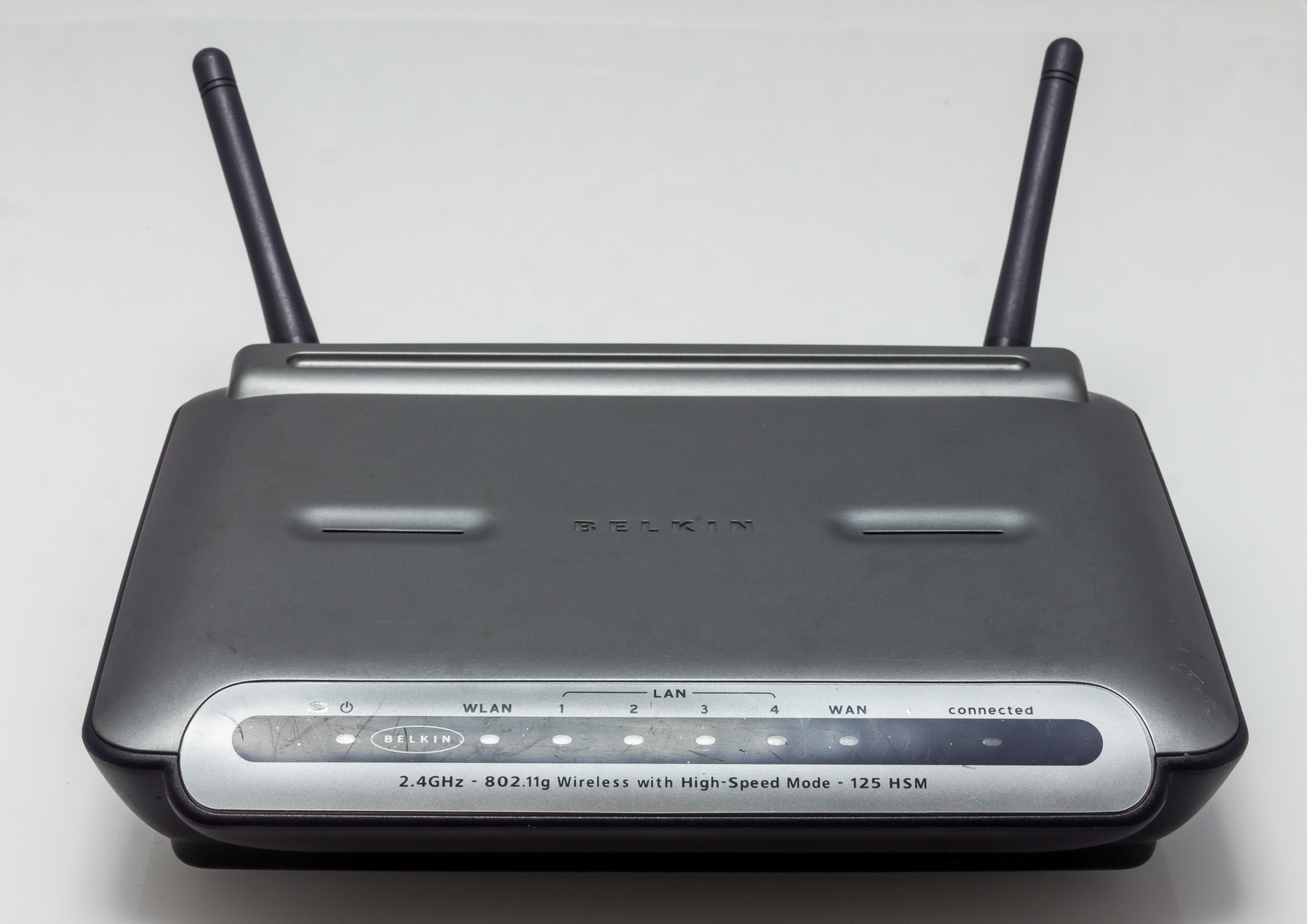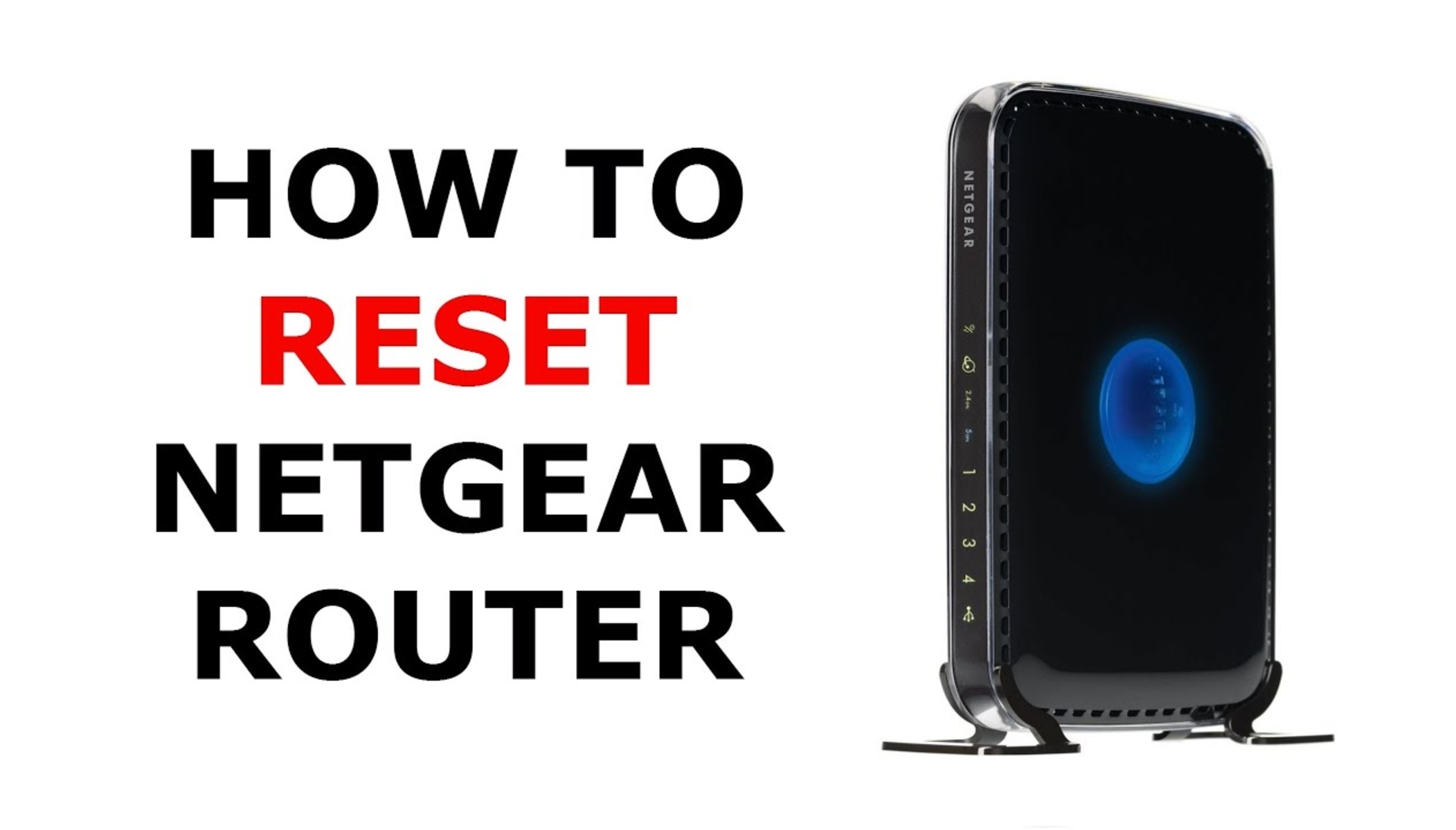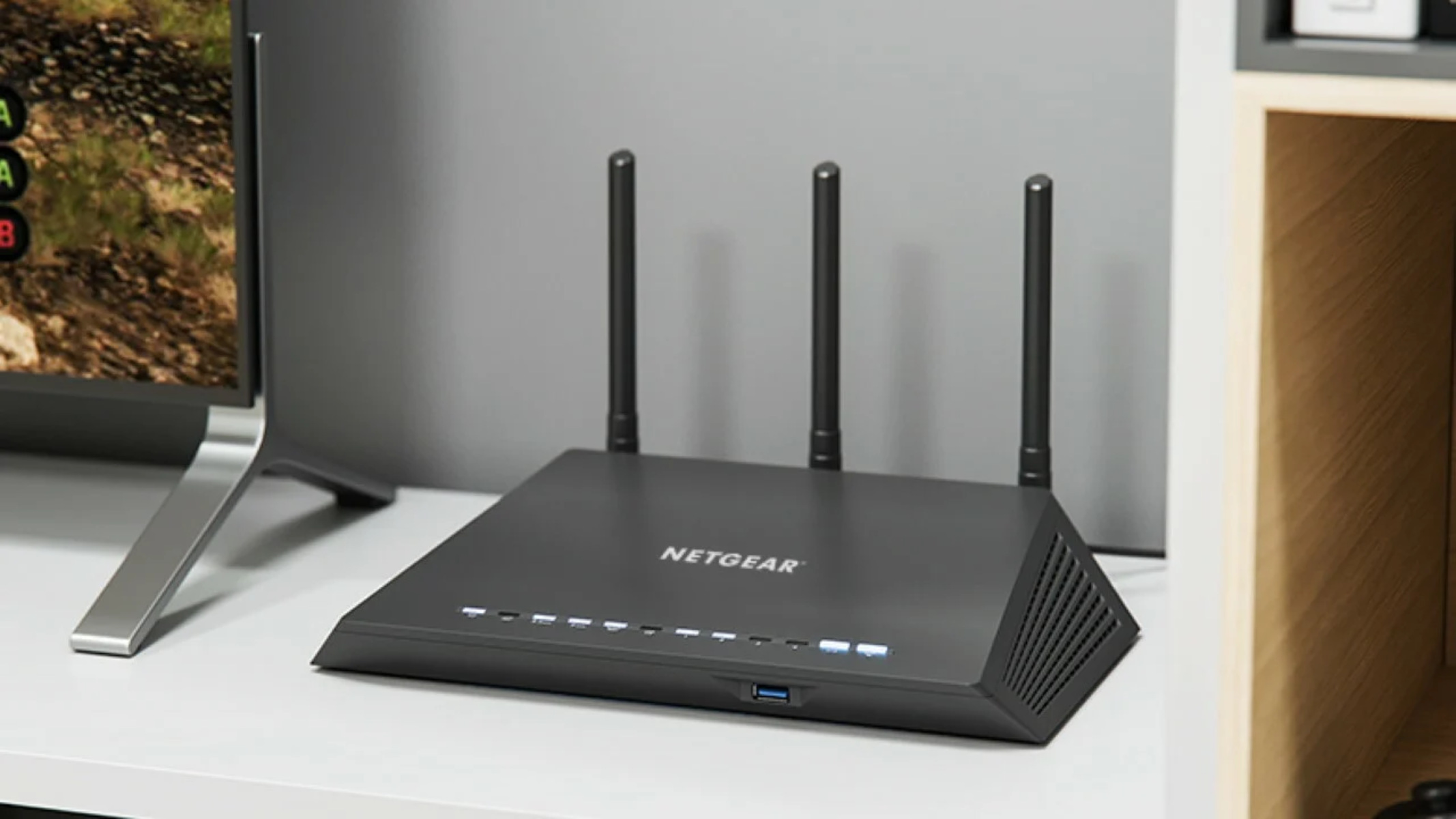Introduction
Welcome to our guide on how to reset your wireless router password. In this digital age, where our lives revolve around the internet, it is crucial to safeguard our home network from unauthorized access. One of the most basic yet important steps in securing your wireless network is by setting a strong password for your router.
However, there may be instances where you forget your current router password or suspect that someone else knows it. In such cases, resetting the router password is essential to regain control and ensure the security of your network.
Resetting your wireless router password is a straightforward process that can be done by following a few simple steps. In this guide, we will walk you through the process of resetting your wireless router password and securing your home network.
Before we begin, it is important to note that resetting your router will erase all the customized settings, including the Wi-Fi network name (SSID), password, and any other personalized configurations. Therefore, it is advisable to make a note of your current settings or take a screenshot before proceeding with the reset.
Without further ado, let’s delve into the step-by-step process of resetting your wireless router password and safeguarding your home network.
Why Reset Your Wireless Router Password
Resetting your wireless router password is a necessary step to ensure the security of your home network. Here are a few important reasons why you might need to reset your router password:
1. Forgot Your Current Password: It happens to the best of us. With numerous passwords to remember, it’s easy to forget the password for your wireless router. Resetting the password will allow you to regain access to the router’s settings and make any necessary changes.
2. Suspicious Activity: If you notice any irregularities in your network, such as slow internet speed or strange devices connected to your network, it may indicate unauthorized access. Resetting the password will terminate any suspicious connections and prevent further unauthorized access.
3. Router Security Breach: In the event of a security breach, where your router’s password is compromised or leaked online, resetting the password becomes crucial. This will prevent any unauthorized individuals from accessing your network and potentially compromising your personal data.
4. Changing Router Manufacturers: If you switch to a new wireless router from a different manufacturer, you’ll need to reset the password. Each manufacturer uses different default login credentials, so resetting the password allows you to set up your new router with a unique and secure password.
5. Router Malfunction: In certain cases, your router may experience technical issues that affect its performance or functionality. Resetting the password can help resolve such issues by restoring the router to its default settings.
By resetting your wireless router password, you not only regain control over your network but also add an extra layer of security. It ensures that only authorized devices and individuals can access your network, protecting your personal information and preventing unauthorized use of your internet connection.
Now that we understand the importance of resetting your wireless router password, let’s move on to the step-by-step process of doing it.
Step 1: Find the Reset Button on Your Router
The first step in resetting your wireless router password is to locate the reset button on your router. The location of the reset button may vary depending on the router model, but it is usually found on the back or bottom of the device.
Here’s how you can find the reset button on most wireless routers:
- Check the back or bottom of your router for a small, recessed button. It is often labeled as “Reset” or “Factory Reset”.
- If you cannot find a physical button, look for a small hole that is big enough to insert a paperclip or a pin.
- If you have the router’s user manual, refer to it for the exact location of the reset button.
Once you have located the reset button, you are ready to proceed to the next step. Keep in mind that pressing the reset button will erase all customized settings on your router, so it is essential to backup any important configurations or make note of them prior to the reset.
In the next step, we will guide you through the process of pressing and holding the reset button to initiate the reset process.
Step 2: Press and Hold the Reset Button
Now that you have located the reset button on your wireless router, it’s time to proceed with the reset process. Follow these steps to press and hold the reset button:
- Using a paperclip or a pin, gently press and hold the reset button. Make sure to apply constant pressure to the button.
- Keep holding the reset button for about 10-15 seconds. You may need to use a timer or count in your head to ensure the appropriate duration.
- While holding the reset button, you may notice that the router lights start to flash or blink. This is an indication that the reset process has been initiated.
- Ensure that you do not release the reset button until the reset process is completed. The router may need a few moments to reset itself and restore the default settings.
- After the reset process is finished, you can proceed to the next step of accessing the router’s configuration page.
Keep in mind that different router models may have slight variations in the reset process. If you’re unsure about the specific steps for your router, refer to the user manual or the manufacturer’s website for detailed instructions.
Once you have successfully pressed and held the reset button, you are ready to move on to the next step of accessing the router’s configuration page to set a new password for your wireless network.
Step 3: Wait for the Router to Reset
After pressing and holding the reset button on your wireless router, you need to allow some time for the router to reset itself. This step is crucial to ensure that the router restores its default factory settings.
Here’s what you should do while waiting for the router to reset:
- Keep the reset button pressed for at least 10-15 seconds, or as per the manufacturer’s instructions.
- During this time, the router lights may blink or flash, indicating that the reset process is underway.
- Avoid interrupting the reset process by releasing the reset button prematurely. Wait patiently for the router to complete the reset.
- The duration of the reset process may vary depending on the router model. It typically takes around 30 seconds to a minute for the router to reset.
It is essential to be patient during this step as interrupting the reset process can lead to incomplete restoration of the default settings. Waiting ensures that the router resets successfully and prepares it for the next steps of the password setup process.
Once you have allowed sufficient time for the router to reset itself, you can proceed to the next step of accessing the router’s configuration page to set up a new password for your wireless network.
Step 4: Access the Router’s Configuration Page
Now that you have successfully reset your wireless router, it’s time to access the router’s configuration page. This page allows you to make necessary changes to your router settings, including setting a new password for your wireless network.
To access the router’s configuration page, follow these steps:
- Connect your computer or a device to the router using an Ethernet cable or through a Wi-Fi connection. Ensure that the connection is stable.
- Open a web browser, such as Google Chrome, Mozilla Firefox, or Microsoft Edge.
- In the address bar of the web browser, type the default IP address of your router. Common IP addresses include “192.168.0.1” or “192.168.1.1”. Refer to your router’s user manual or the manufacturer’s website for the specific IP address.
- Press Enter or click the Go button to proceed.
- A login page will appear, prompting you to enter the router’s username and password. The default credentials are usually “admin” for both the username and password. If you have changed the login credentials previously, use the updated username and password.
- Upon successful login, you will enter the router’s configuration page, also known as the admin panel or management interface.
It’s worth noting that different router models and manufacturers may have slight variations in the login process. If you’re unsure about the default login credentials for your router, refer to the user manual or check the manufacturer’s website for assistance.
Congratulations! You have successfully accessed the router’s configuration page. In the next step, we will guide you through the process of setting a new password for your wireless network.
Step 5: Set a New Password for Your Router
Now that you have accessed the router’s configuration page, it’s time to set a new password for your router. This step is crucial for enhancing the security of your wireless network and preventing unauthorized access.
Follow these steps to set a new password for your router:
- Navigate to the “Wireless” or “Security” section of the router’s configuration page. The specific location may vary based on your router model.
- Look for the “Password” or “Passphrase” field.
- Enter your desired new password in the provided field. Make sure to create a strong password that combines uppercase and lowercase letters, numbers, and special characters. Avoid using easily guessable passwords like your name or birthdate.
- Note down the new password or save it in a secure password manager for future reference.
- Some routers may require you to re-enter the new password in a confirmation field. If prompted, enter your new password again.
- Once you have set the new password, scroll down or look for a “Save” or “Apply” button on the configuration page.
- Click on the “Save” or “Apply” button to save the new password for your router.
It’s important to ensure that you remember or securely store the new password as you will need it to connect to your wireless network.
By setting a new password, you strengthen the security of your wireless network and protect it from unauthorized access. Remember to periodically change your router’s password to further enhance security.
In the next step, we will guide you through the process of saving your changes and restarting the router to apply the new password.
Step 6: Save Your Changes and Restart the Router
After setting a new password for your router, it’s important to save your changes and restart the router to apply the new settings. This step ensures that the new password is successfully updated and takes effect for your wireless network.
Follow these steps to save your changes and restart the router:
- Look for a “Save” or “Apply” button on the router’s configuration page. It is typically located at the bottom of the page.
- Click on the “Save” or “Apply” button to save your new password and any other changes you made to the router settings.
- Wait for the router to save the changes. This may take a few seconds.
- Once the changes are saved, locate the “Reboot” or “Restart” option in the router’s configuration page.
- Click on the “Reboot” or “Restart” option to initiate the router restart.
- Wait for the router to restart. This process may take a couple of minutes as the router resets and applies the new settings.
- Once the router has restarted, your new password will be in effect.
It’s important to note that during the router restart, your internet connection may temporarily be interrupted. This is normal and should resolve once the router finishes restarting.
By saving your changes and restarting the router, you ensure that the new password is applied and take effect. You can now proceed to connect your devices to the router using the new password.
In the next step, we will guide you through the process of connecting your devices to the router using the new password.
Step 7: Connect Your Devices to the Router Using the New Password
Now that you have successfully set a new password for your router and saved the changes, it’s time to connect your devices to the router using the new password. This step ensures that your devices can securely connect to your wireless network.
Follow these steps to connect your devices to the router using the new password:
- On the device you want to connect, such as a laptop, smartphone, or tablet, open the Wi-Fi settings.
- Select your wireless network from the list of available networks. The network name (SSID) should match the Wi-Fi network name provided by your router.
- Enter the new password that you set for your router. Make sure to type the password correctly, as it is case-sensitive.
- Click or tap on the “Connect” or “Join” button.
- Wait for the device to establish a connection with the router. This may take a few seconds.
- Once the connection is established, the device will be connected to your wireless network using the new password.
- Repeat these steps for each device that you want to connect to your wireless network.
It’s important to note that some devices may automatically prompt you to enter the new password after the router restarts. In this case, follow the on-screen instructions to enter the new password and establish a connection.
By connecting your devices to the router using the new password, you ensure that all your devices can securely access your wireless network. This allows you to enjoy a safe and secure internet connection on all your devices.
With the completion of this final step, you have successfully reset your wireless router password and connected your devices to the router using the new password. Your network is now secure and ready for use.
Conclusion
Resetting your wireless router password is a crucial step in ensuring the security and privacy of your home network. By following the step-by-step guide outlined in this article, you have successfully learned how to reset your wireless router password and secure your network from unauthorized access.
We started by understanding the importance of resetting the password, including scenarios where it becomes necessary. We then walked through each step, including finding the reset button on your router, pressing and holding the reset button, waiting for the router to reset, accessing the router’s configuration page, setting a new password, saving your changes, and connecting your devices using the new password.
Remember, it’s essential to choose a strong and unique password for your wireless router. A strong password, combining uppercase and lowercase letters, numbers, and special characters, will significantly enhance the security of your network and protect your personal data.
It’s also good practice to periodically change your router’s password and update other security settings as needed. Regularly reviewing and updating your network’s security measures will help you stay one step ahead of potential threats.
Now that you have successfully reset your wireless router password and ensured the security of your network, you can enjoy a worry-free internet experience and peace of mind knowing that your network is protected.
Thank you for following this guide. If you have any further questions or need additional assistance, feel free to consult your router’s user manual or contact the manufacturer’s support team for further guidance.









